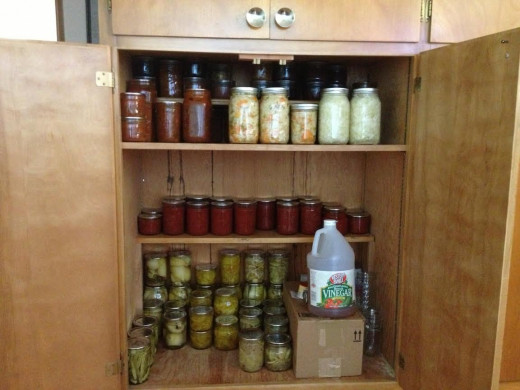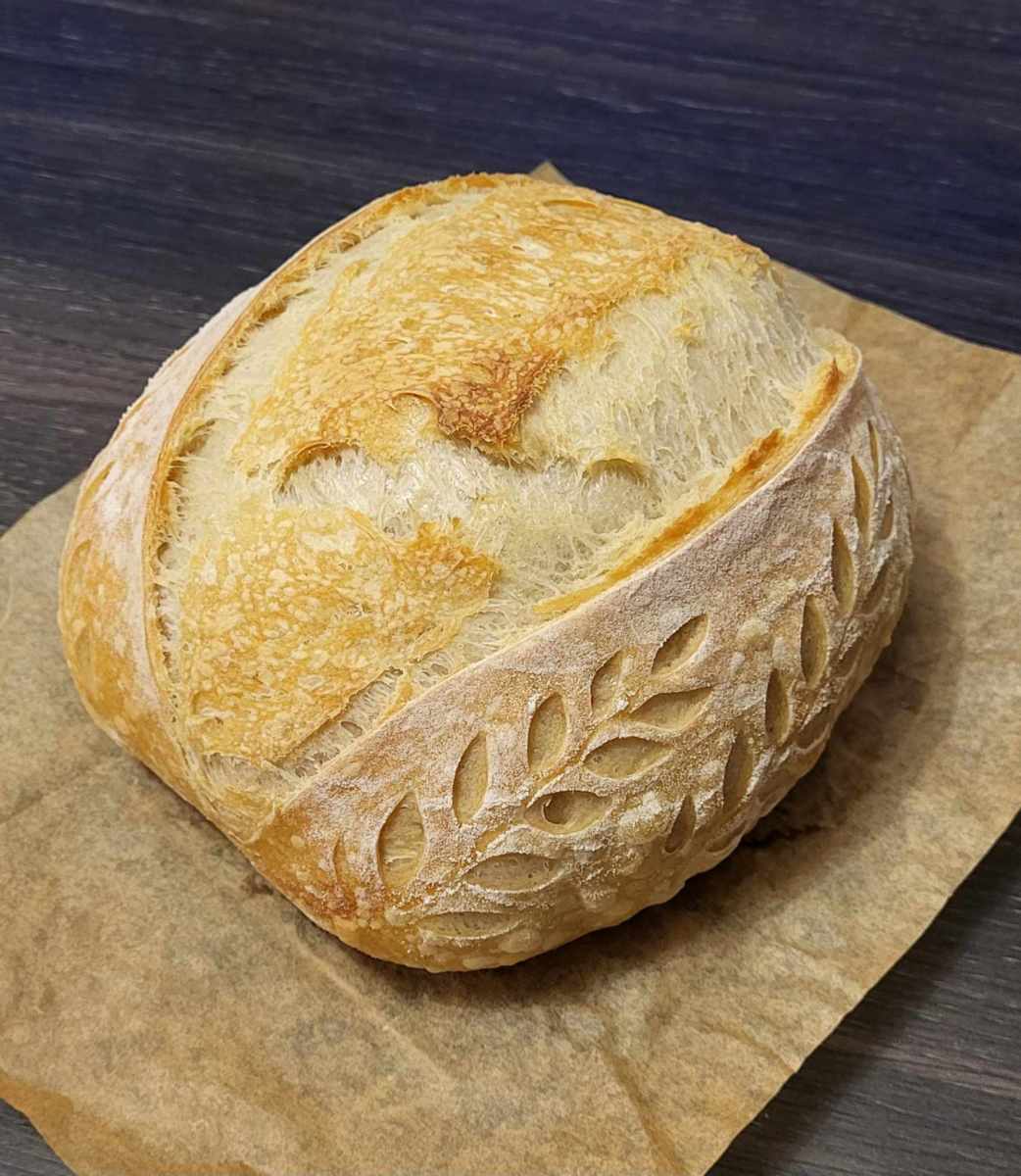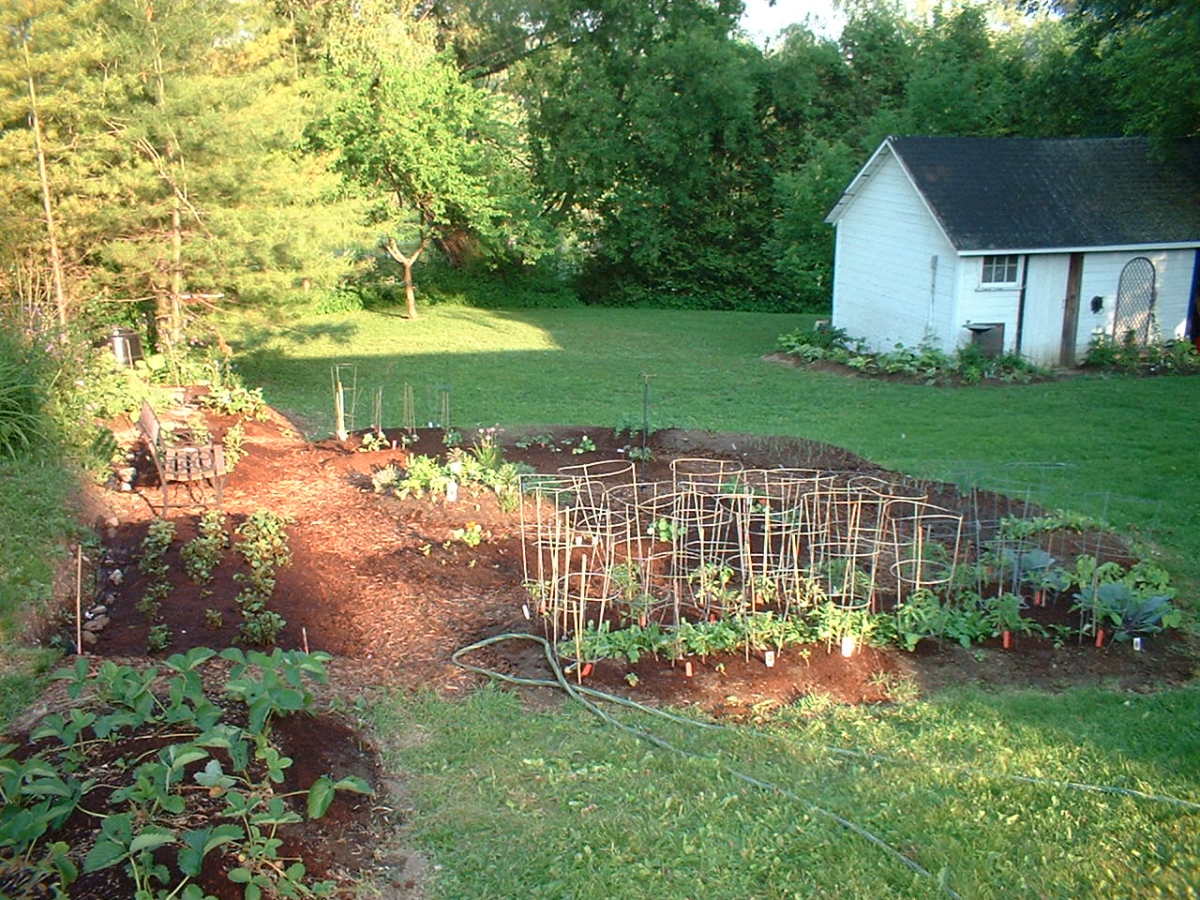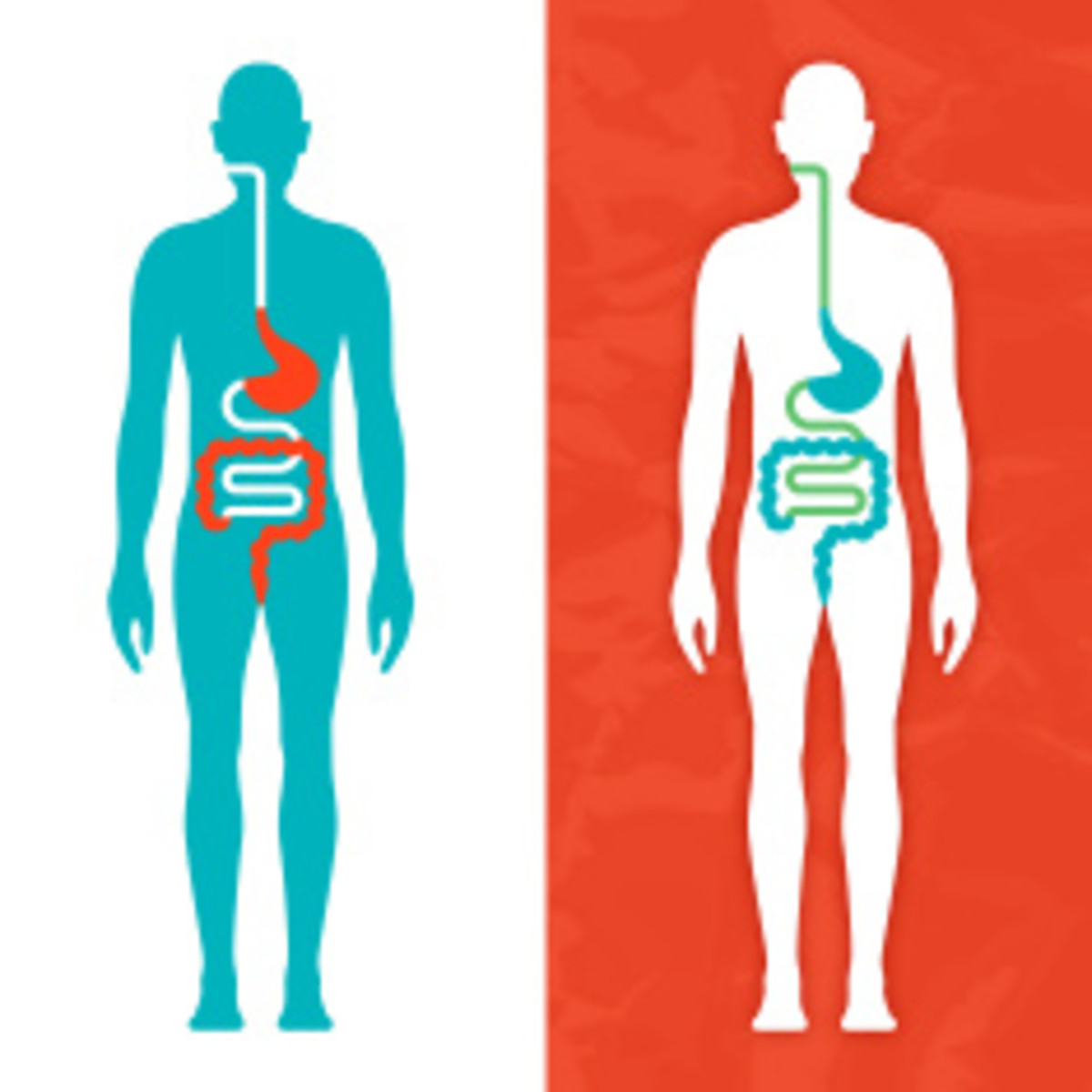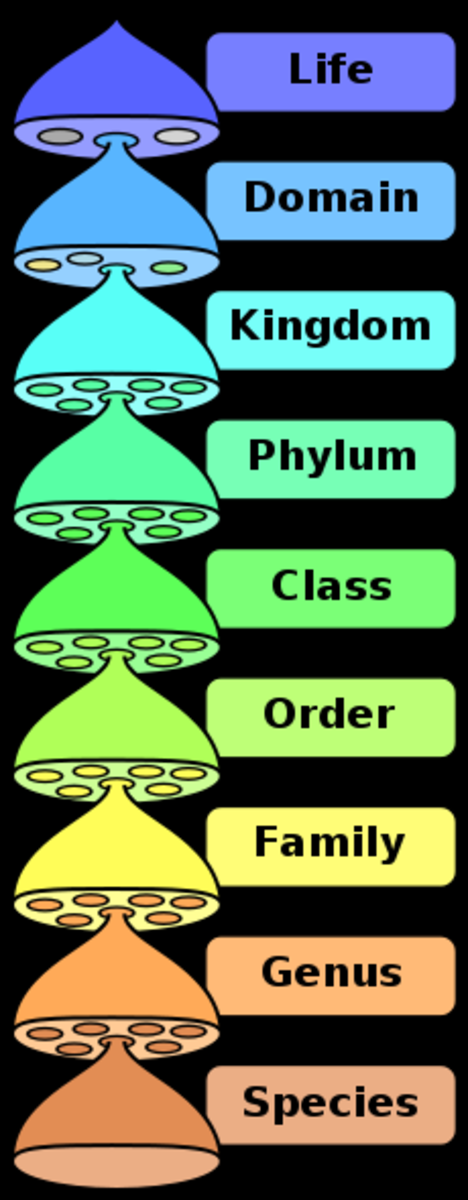How to Make Homemade Sauerkraut in Quart Jars.
Introduction
Making fermented vegetables is quite simple, and will most always follow the same basic steps.
- Vegetable selection, cleaning and prep
- Salting
- Fermentation (micro aerobic or anaerobic)
- Storage
Although I enjoy fermentation of many types of vegetables, and I believe that fermented foods are intrinsically safe, I do not recommend using anything other than an approved recipe for fermentation and food preservation. I consider the only acceptable source of recipes to be USDA, NCHFP, and land grant school extension programs. Recipes which may have been successfully made 1000 times in the past still have risks associated with their production, and only research institutes can ensure that the margin of safety for preserved foods is acceptable. This is due to different natural microbial loads on ingredients (some contain more pathogens than others), atmospheric pressures, kitchen sanitation, etc. Please use caution any time you ferment or preserve foods.
Selecting Quality Vegetables to Ferment
The first step to making delicious fermented vegetables is selection of ingredients. It can be tempting to use sub-standard vegetables for fermentation; who doesn't like a sale? Please don't give in to this temptation. Older vegetables, especially those from grocery stores are much more likely to contain bacteria which are less delicious and potentially harmful. This occurs because the natural microbial flora of grocery store vegetables has been destroyed by sanitation. During harvest, vegetables are sanitized in an attempt to kill all of the bacteria which were introduced during harvest by contact with dirty wash water and worker hands. While this effectively sanitizes the vegetables for fresh sale in the store, once these vegetables have been on the shelf for long enough to look past their prime, chances are good that the bacteria now colonizing those leafy greens was introduced by the last 30 people who moved it to get at the fresher ones in the back.
If possible, choose vegetables which are fresh and organically grown. These require the least washing to prepare, especially if you can pick them from the farm or garden yourself. If these are unavailable, choose fresh looking vegetables from your local grocer, and wash them extensively with cool running water before you begin.
Harvest
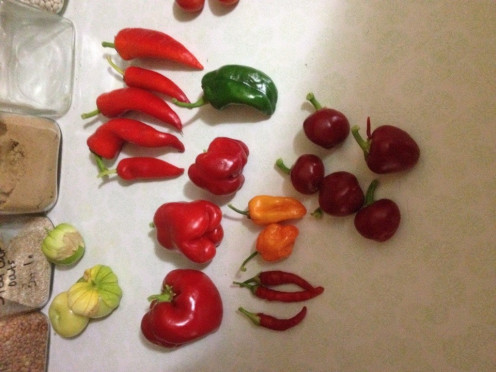
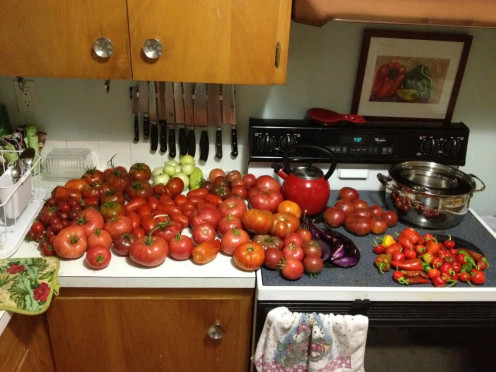
Safety Measures
There are several steps involved in vegetable fermentation which must be followed to make delicious and safe food. These steps must never be omitted.
1) Add salt to the vegetables before fermentation. - this step is essential for ensuring that the delicious and healthy bacteria grow instead of any other ones. The good bacteria, called lactobacillus, ferment the vegetable sugars and produce lactic acid, flavor compounds, enzymes, and CO2. All of these compounds Change the taste of the finished vegetables, and the acid generation ensures that no other nasty bacteria are able to grow.
2) Be Cautious of Mold. - If mold forms on the top of the fermenting vegetable brine, it is common practice to remove it and eat the vegetables anyway. If mold and yeast is not removed frequently, the fermentation could become dangerous for two different reasons. First, mold can de-acidify the fermenting vegetables, thus counteracting the preservative effect of the organic acids produced by lactobacillus. Reduced acidity could allow other pathogenic bacteria to grow, making the food unsafe. The other possible risk from mold is in the form of toxins. Mold toxins can be produced by many types molds, and can penetrate into foods. Mold consists of mycelium (think of this as the roots) and fruiting bodies called sporangiophores. When we see mold developed on the surface of a food, we are probably seeing the sporangiophores, but the mycelium can extend through the food. For this reason, the toxins can also extend below the visible layer of mold. if performing open crock fermentation, pay attention to this and you should be fine.
3) Heat is the Enemy - with raw vegetable fermentations, little is more dangerous than heating the vegetables before fermentation. If heated, the natural lactic acid bacteria will be destroyed, creating the perfect environment for harmful clostridium and other spore forming bacteria to proliferate. The safety features of fermentation are very different from pressure canning, and should not be confused. Hot water canning is sometimes used to prevent spoilage organism formation on kraut following lactic acid fermentation. This process destroys all of the good lactic acid bacteria, but can also increase shelf life of the fermented vegetables by eliminating enzymes and spoilage organisms. Many believe that this process, while it extends the shelf life of naturally fermented kraut, destroys the benefits. For this reason, storage in the refrigerator is used to keep raw kraut fresh.
4) Don't mess with failed fermentations - a fermentation should happen quickly and strongly, with visible bubbles and aromatic gas production. if the fermentation does not start within a few days, other harmful organisms may have had the opportunity to colonize the fermentation, creating an unsafe food. For me, the risk of losing a jar full of cabbage is nothing in comparison to potentially making myself or my family sick.
5) Most of the information in this article applies to general vegetable fermentations, but recipes for pickles and Sauerkraut are the only two that have been approved by educational and research communities in the US and been proven safe. Please use extra caution if you are going to branch out away from Sauerkraut into other vegetable fermentations, as these are not recommended by the National Center for Home Food Preservation.
To Jars of Raw Kimchi and Kraut at the end of fermentation

Good Bacteria ("Can I Get a 'Probiotic'")
Most bacteria in our environment are not "bad". Only a handful of pathogens, which can make us sick have soiled the reputation of all good bacteria (pun intended). The good organisms that we will be using in vegetable fermentation are from the Genera Lactobacillus, Leuconostoc, Lactococcus, Streptococcus, and Pediococcus. The most prominent are Lactobacillus and Leuconostoc.
Lactobacillus
Lactobacillus is a genus of microbes which lives and develops symbiotically with animals and humans. These are the genus commonly used as "probiotics" due to this healthy symbiotic relationship. Yes, what I am getting at is that we will be preserving our vegetables with gut bacteria. Maybe I should have saved this statement for after you have tried it... Regardless of this seemingly glaring transgression from our normal sanitary fear of gut bacteria, these organisms would not be so prolific if they didn't help us thrive. For this reason, naturally fermented vegetables can be an extremely healthy source of good bacteria and a healthy gut.
Leuconostoc
Leuconostoc is also commonly associated with humans and animals, it is also present in almost all agriculture applications, which means it will naturally be on the vegetables that you purchase or pick. From personal experience, this organism can create a flavor complexity which is unparalleled by other lactic acid bacteria.
Probiotics
The word "Probiotic" is defined by the Merriam-Webster dictionary as:
"a preparation (as a dietary supplement) containing live bacteria (as lactobacilli) that is taken orally to restore beneficial bacteria to the body; also : a bacterium of such a preparation"
In recent years, research has identified many different lactobacilli species as probiotics, however due to the immense biodiversity of these organisms it is unrealistic to think that each one could be tested in expensive clinical double blind trials. Furthermore, it is very difficult to distinguish which organisms have grown in your personal natural sauerkraut. I see value in the tradition of these foods and the way that they make me feel. Are they probiotic? Maybe, but for me that his just a secondary benefit.
The Recipe (Finally)
Sauerkraut: (recipe from National Center for Home Food Preservation)
- Remove outer leaves from 5 lbs of cabbage
- Wash in running cool water, remove core, and julienne cabbage
- Mix 3T of canning salt with 5lbs of prepared cabbage
- Place in fermentation vessel - NOTE: I packed my kraut into quart jars, and I don't use the word "Pack" lightly. It involves punching and pressing the cabbage until the maceration of my work and the salt have created enough brine to cover all of the cabbage without any air bubbles in the mix. The pictures of the process show my jars are a little bit full. By placing the canning lids on the jars with a loose keeper, the gas of fermentation escapes while oxygen stays out. Make sure they're not too tight, or you may have exploding jars!
- Ferment between 70 and 75 degrees F for 4 weeks
- Store or Consume
Check out the full recipe here:
Ready To Eat!

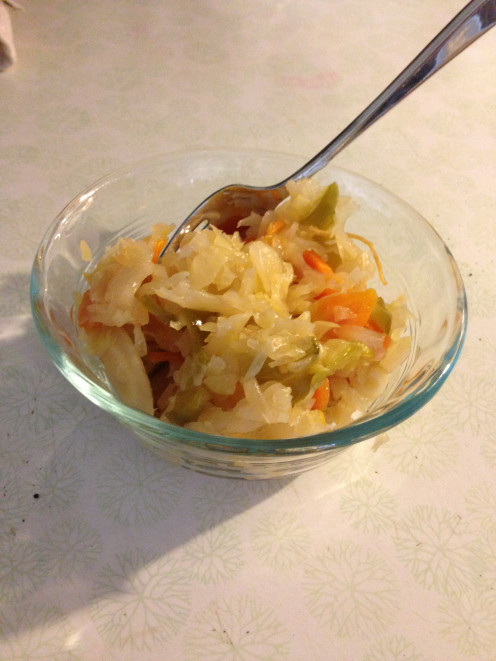
Storage of Sauerkraut
People are divided on their preferences for storage of fermented vegetables.
- Refrigeration - refrigeration allows storage of fermented vegetables for some time by slowing down the rate at which enzymes and spoilage organisms can grow. This method could allow storage of sauerkraut for many months with only minor changes in flavor and texture. The down side to storing in a refrigerator is, of course, it takes up space in your refrigerator and energy to keep it running.
- Dry Storage - dry storage for Sauerkraut is possible after a natural fermentation, with the primary risk being spoilage by mold, yeast, oxidation, and enzyme degradation. These can effect the flavor, appearance, and texture of the product, or in the case of un-acidification of the sauerkraut by molds and yeasts, make them unsafe. In the case of a well sealed anaerobic jar, this method can be used successfully for quite a long storage, however loss is much more likely than the other two methods.
- Water Bath Canning - This is the method recommended by the National Center for Home Food Preservation. It eliminates possible spoilage organisms and yeasts by pasteurizing the sauerkraut, however it also eliminates the good bacteria which you formed through fermentation. If the lack of living good bacteria doesn't bother you, this is the best way to get a long shelf life. Once you taste your newly fermented Kraut, you will probably not need to have a long shelf life anyway!
How do you store your naturally fermented vegetables
Add jars to my winter supply
